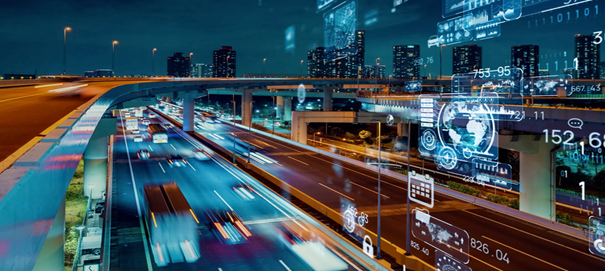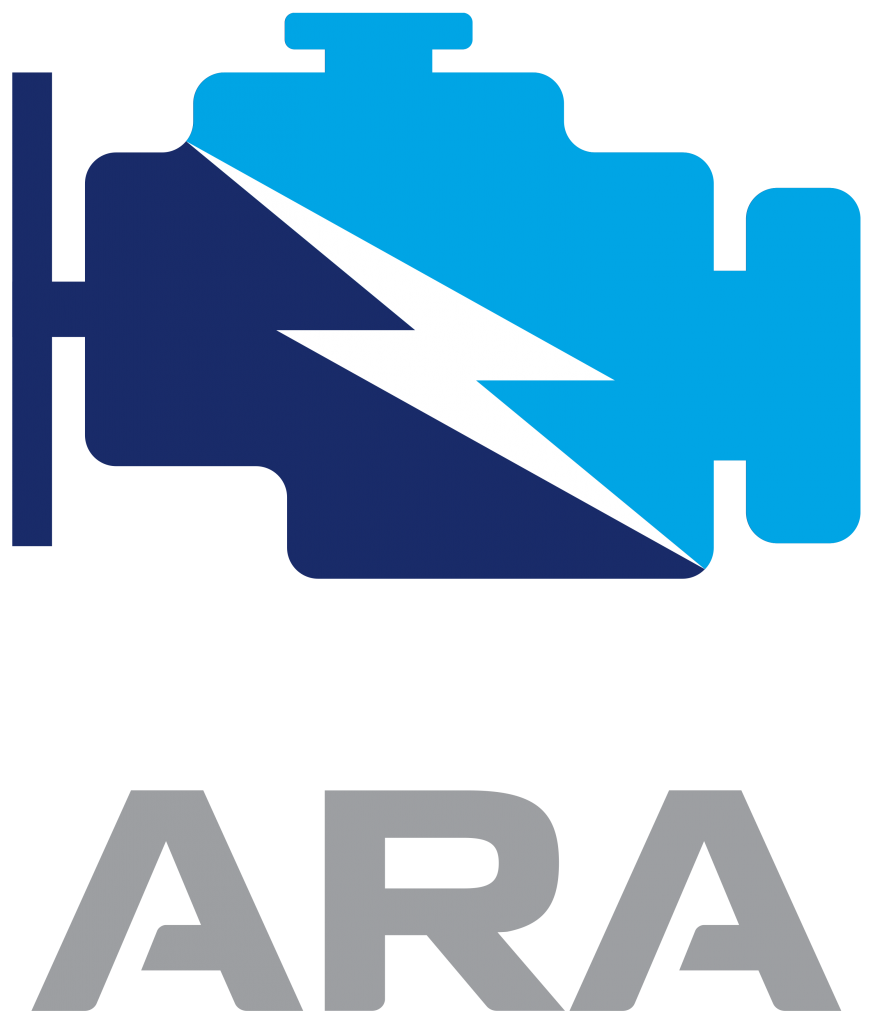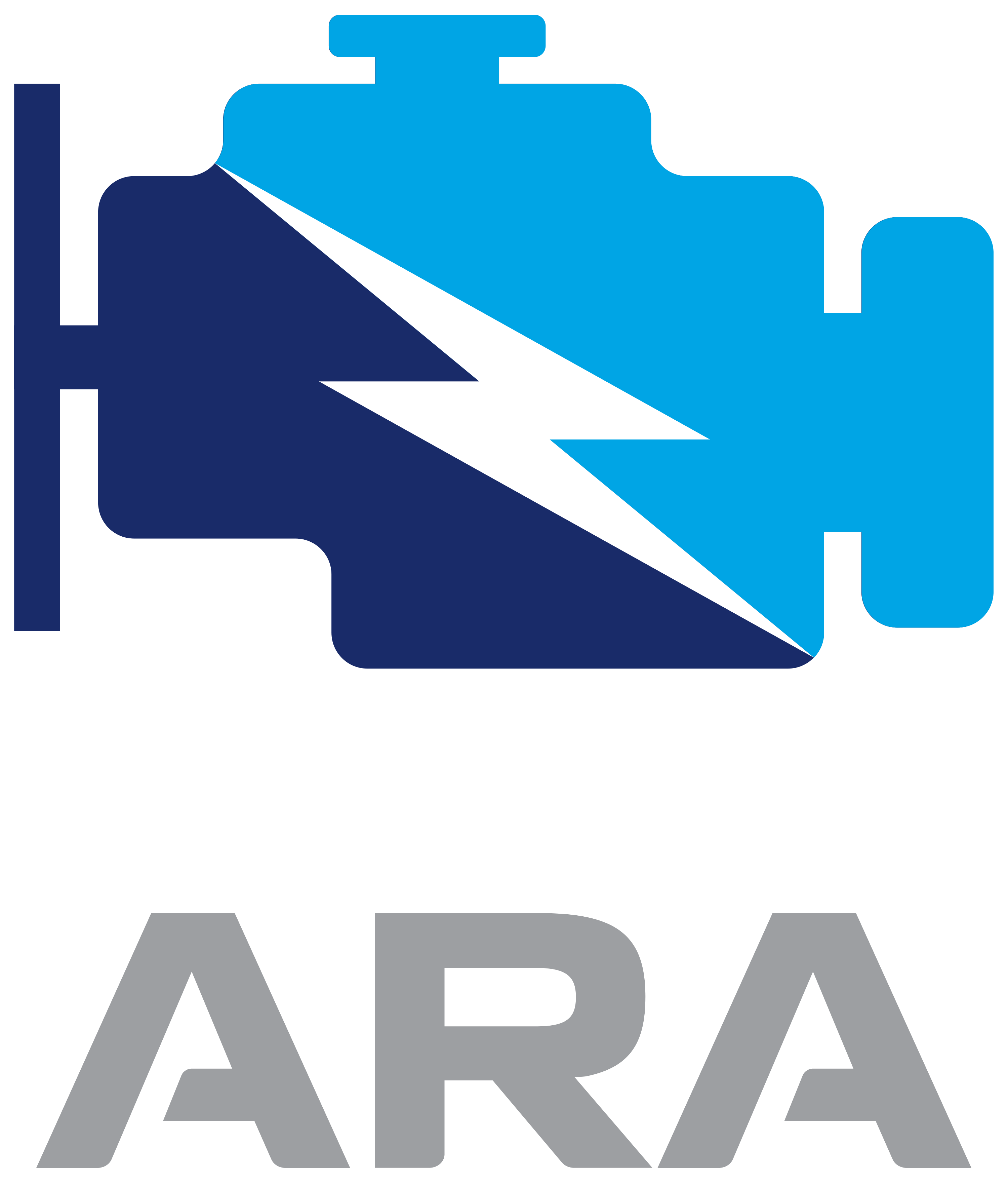ARA Newsflash – ARA (in conjunction with The World Engine Remanufacturers’ Council) joins the Global Right to Repair Movement for Vehicles

Dear ARA Member ARA (in conjunction with The World Engine Remanufacturers’ Council) joins the Global Right to Repair Movement for Vehicles The World Engine Remanufacturers’ Council (WERC), of which The […]
All about data-plates

A data-plate is a small but powerful source of information, providing a quick reference to details concerning your trailer
Looking ahead at 2023, and what we can expect for the Automotive Aftermarket regarding “trends”, and “future-technologies”, specific to the Remanufacturing Sub-Sector

Since the outset of the global pandemic in the first-quarter of 2020, countless Industries (and “economies of scale”) have changed its focus in terms of their business-models, in-doing-so, adapting to Industry “trends”, “new-technology”, and the likes thereof.
While the pandemic served as the primary driver of Industry evolution (moving Industries into an accelerated rate insofar the diversification, expansion, and branching-out of one’s business), it also accelerated the adoption of already emerging trends.
The changing Industry, and technological changes transforming the Vehicle

With 2023 on the horizon, it’s important to venture in on how “trends” and “new-technology” will shape the future in coming years, within the Automotive Aftermarket. The Automotive Aftermarket Industry will undergo a profound transformation (which already are hot-topics on many OEMs | Automakers’ | Stakeholders’ | and the Automotive Aftermarket’ lips i.e. Vehicle and Bodybuilders’ – the change has already begun).



